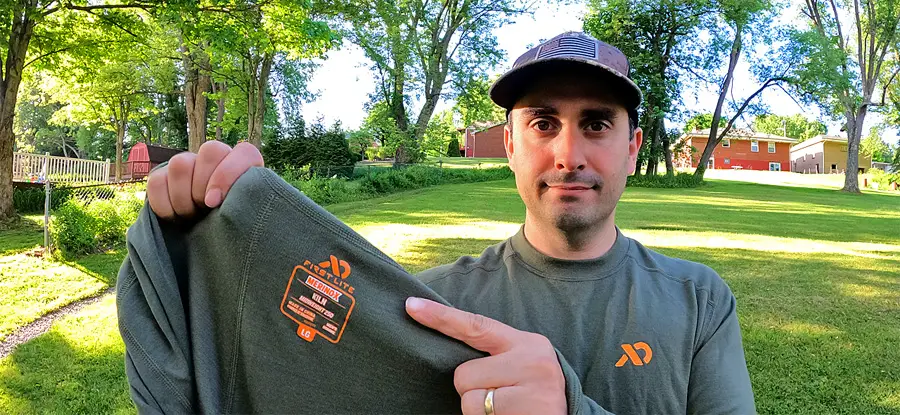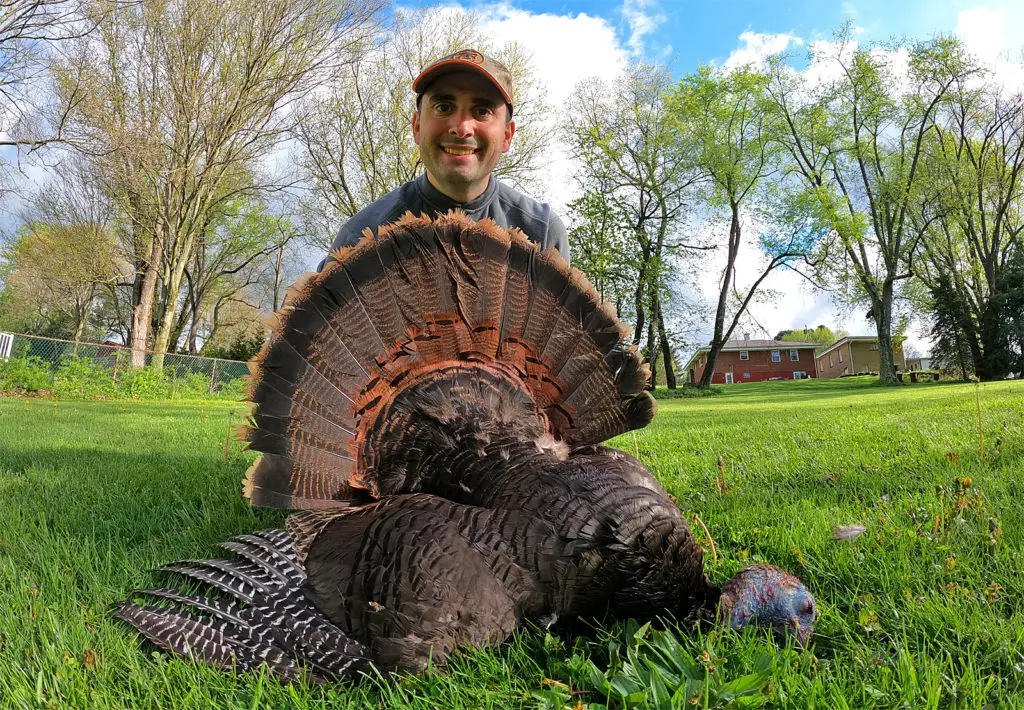To hunt black bears you have to find them. This type of hunting is a little different than deer or turkey hunting, scouting matters ALOT more. Bears are not as prevalent as other game and just because an area looks good for bears does not mean that they live there or are anywhere close. You must put in the time to find them before the season starts to maximize you chances of success ,and on this podcast episode I am going to help you learn how to do just that!
Scouting for black bears requires some time investment but strategy matters even more. Bears need to eat and they love to hide, so the first thing you want to do is identify potential food sources that are likely to attract bears. Keep in mind these change depending on the season and regions you are hunting. Good food today may not be good food next week.
Then you want to find these kinds of food sources within reasonable proximity to heavy dense cover that the bears can disappear in. If you can locate these two things then you have the key variables needed to justify some scouting, NOT HUNTING. These findings are not enough to warrant a hunt, they are only sufficient to justify scouting. Many of these types of areas will hold no bears. You need to go there and scout first, before you hunt.
4 Strategies for Black Bear Scouting
Bear tracks are the simplest and most straight forward sign you will find but they are not as prevalent as you might think. Bears are big heavy animals, but they have very large paws, with much more surface area than the points of a deer foot. They will only leave tracks if the ground is very soft, wet, or muddy. Bear tracks are only about 10% of the sign that you are likely to find. However, you can learn a lot about the size of a bear and how recently it was in the area based on the tracks.
Bear droppings are more prevalent. These are big animals that eat a lot and leave a lot of droppings. If bears are around, you should be able to find bear droppings for sure. With just a little bit of research you can also determine the approximate diet of the bears based on their droppings. And if you can learn what they are eating you can also determine what food sources to find and camp out around. This is a great strategic win that can really help you.
Bear activity can include tearing up berry bushes, ripping up tree bark, breaking open fallen logs, flipping over rocks, and much more, all in search of soft plants, tree bark, honey, ants, or other forms of nutrients. Bears are not subtle, and can leave a wake of disruption and destruction. If you keep your eyes open, you should easily be able to tell the relative size and recency of such activity if you come across it.
Bear bedding areas are hard to find and search because they are so dense and thick. Rather than try to get into the bedding areas, likely leaving scent that spooks the bears out of them, you should focus on identifying areas with ideal bedding spots. This are very dense, cool, dark places that the bears can retreat to and disappear. If you do stumble into a bedding area, one of the clearest signs will usually be some bear fur left behind on the ground.
Listen to this podcast episode for much more detail and information on how to scout for black bears!


